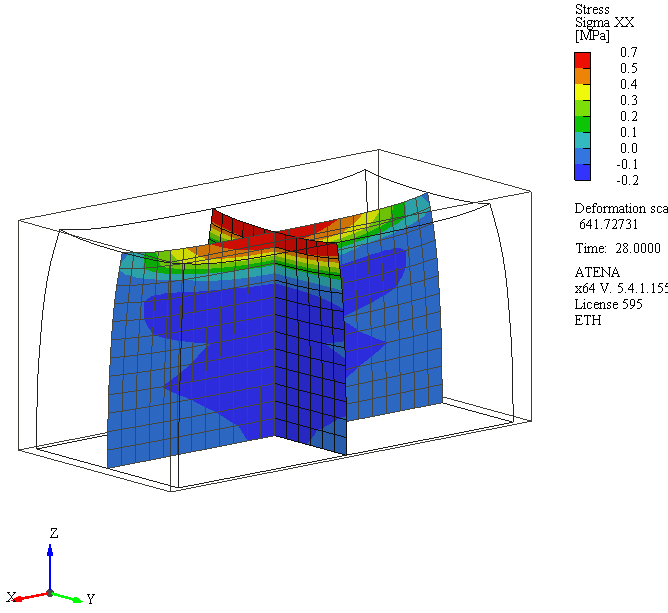Stress state in uncracked concrete structures
Potential for the Reduction of Minimal Reinforcement and the Application of Materials with Limited Ductility
Author: Michał Woźniak
Language: English
Abstract
Due to complex, time-dependent behaviour of concrete, the initial stress state of structures built with this material is subjected to multiple uncertainties. Today's dimensioning models and design codes are based primarily on the lower-bound theorem of the theory of plasticity. Because of this, the initial stress-state is irrelevant, as the internal forces can be redistributed. In order to perform such dimensioning, the used materials must be sufficiently ductile. That is why building materials like fibre reinforced concrete (FRC), ultra-high performance concrete (UHPC) and non-metallic reinforcement e.g. glass fibre reinforced plastic (GFRP), carbon fibre reinforced plastic (CFRP) or bamboo due to their low ductility can be applied just on a limited scale. Nowadays, there are many computation and measurement methods that were developed and improved in the recent years. Although, the exact quantification of the stress-state in concrete is improbable, there might be a possibility of elimination of some uncertainties. In this master's thesis, analytical, numerical and experimental methods were adopted and compared in order to find the factors crucial for minimising the risk of cracking before the application of mechanical load. For this aim, in the experimental part four different strain sensor types for direct embedment in concrete were tested and compared (electrical resistance strain gages, thin-layer electrical resistance strain gages, vibrating wire strain gages and optical fibres).

